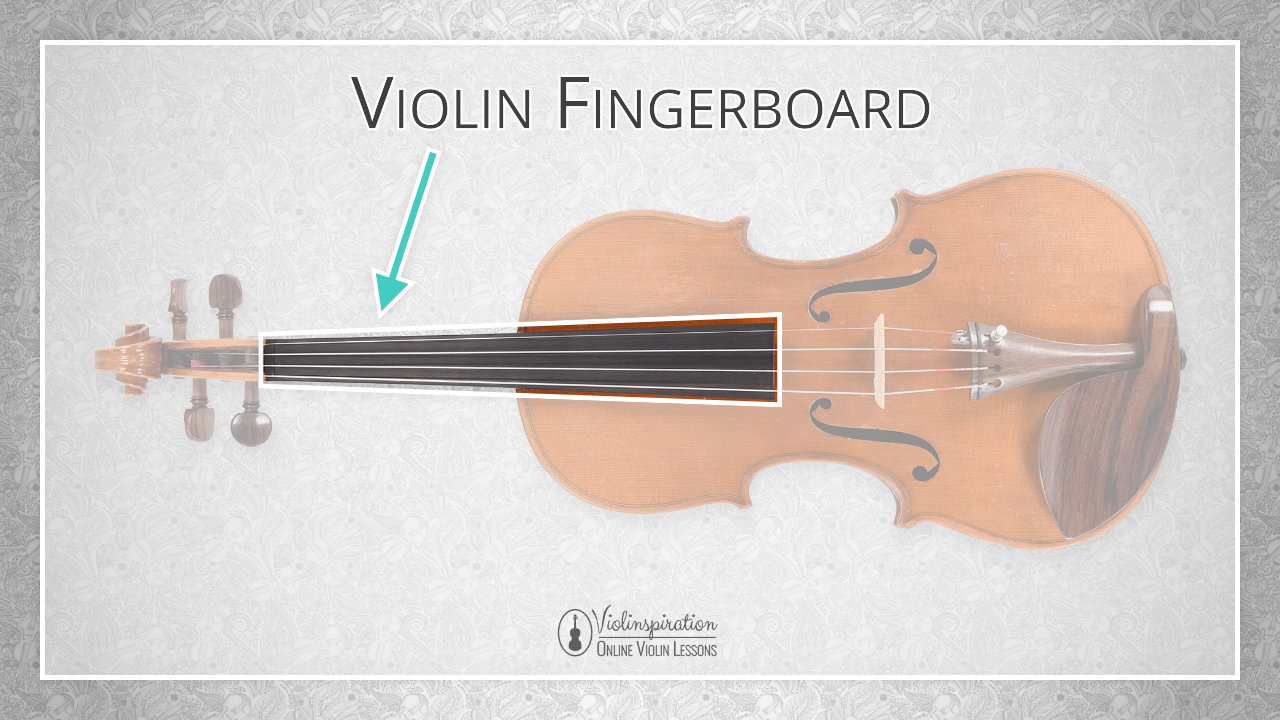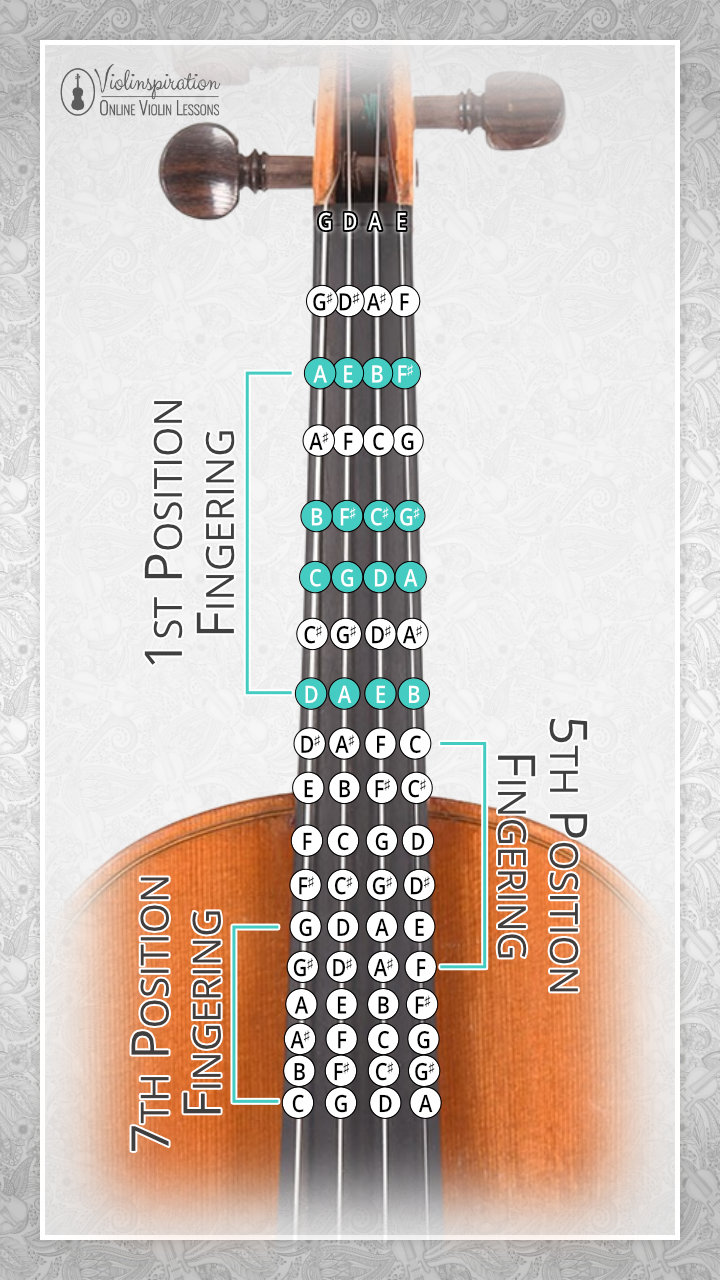Playing the violin is not easy. Violinists have to make their fingers do all sorts of weird movements and hold their instrument in a way that feels unnatural. Many people practice for years to move past the basics. It’s no wonder so many people say it is one of the most difficult instruments of all! But, why is playing the violin so hard?
Why can it take so long to master the violin? In this article, we’ll talk about what it takes to be a good violinist – and why it is a challenge for most!
The Violin Does Not Have Frets or Keys
When learning any instrument, there are tons of technical aspects to master: finger positions and movements, bowing techniques, scales/arpeggios, reading music (including counting), etc. This can be overwhelming no matter what instrument you learn!
But what is special about the violin is that there are no frets, keys or buttons.
A player has to find the right notes on the fingerboard by touch.

What makes this even more difficult, is that the slightest change of finger position will make you sound out of tune. Even if you place your finger 0.01 inch (less than 0.5 mm) incorrectly, the tone can sound out of tune.
This is caused by the short length of the violin string. For instance, on larger instruments, like the cello, the spaces between the notes are larger. So it is also a little more forgiving if you place your finger just a tiny bit incorrectly, as the string is longer and the intonation does not change as quickly.
It can be a long and ongoing journey for any player to get the muscle memory to place the fingers in the correct positions on the fingerboard.
The Distance Between the Notes Varies Across the Fingerboard
If you thought the fact that the violin has no frets is difficult, you are up for another and even greater challenge!
All across the fingerboard, the position of the fingers change. If you play closer to the scroll of the instrument, the tones are further apart from each other.

If you play closer to the bridge, the tones move closer and closer together, to the point that the fingers can not be placed behind each other. On the highest pitches, fingers have to replace each other as the difference between tones can be as small as 0.1 inches.
That means that if you trained your muscle memory to find the pitches on the bottom half of the instrument, you will have to completely retrain your fingers to play on the upper part.
Bowing Correctly is Very Difficult
When you start to play the violin, you soon realise that the violin not having frets is only a minor inconvenience.
The true difficulty of violin playing lies in executing the bow strokes with precision. A violinist must simultaneously control the angle of the bow and pressure applied to its hair.
If you add only a tiny bit too much pressure, you will hear a scratching sound. On the other hand, if you use too little pressure, the tone will sound squeaky.
Example of too little bow pressure
Example of too much bow pressure
Many beginning players have told me that they felt as if they sounded like a dying cat – and from experience I know that it is not all too far from the truth!
Even Tuning the Violin is Difficult
When you realise playing the violin is difficult, you will soon notice: the preparation before playing can also be a challenge!
The reason tuning the violin is difficult is that two tuning elements have to work together to tune the violin perfectly: the pegs and the fine tuners. Tuning with the fine tuners is similar to tuning a guitar.
However, tuning with the pegs is completely different. It can be very hard to find the correct pitch with the pegs. On top of that, strings can easily break if you turn the peg only a half-rotation too far.
That is why in the beginning, tuning a violin can be very challenging!
You Need to Relax When Playing
Already got stressed out from all the difficulties the violin presented to you? That might actually create another problem.
One of the most commonly used violin techniques is vibrato. This is a subtle wiggling of the left-hand finger to create a more resonant tone.
However, the only way to perform this technique correctly is to relax your left hand.
That is why learning this technique can be very difficult for starting players.
Small Nuances Can Easily Disturb The Delicate Sound
Violinists are the masters of subtlety. Each subtle change in hand, finger or elbow position can completely change the sound.
- Placed the finger 0.1 inch off? It sounds out of tune.
- Applied a little too much pressure to the bow? You will hear squeaking.
- You placed your finger a second too late? Squeaking as well.
- Your elbow is placed just a tiny bit too high? You will not be able to reach for the strings.
- You moved your bow arm a little too quickly? You will not have enough bow left to play all the notes.
It can be very hard to have all these nuances in mind each time you play. Sometimes your intonation is great, but you make a tiny mistake in your elbow position.
Other times you use a perfect bow stroke, but you did not relax your hand enough to make it sound good.
All these small nuances have an effect on your tone. And as the violin is not very forgiving, a small change can easily disturb the delicate sound!
All in All, it Can Take a Long Time Before a Simple Song Sounds Good
Everyone wants to sound good when they play! But because of all the factors described above, it can take quite a while to start sounding nice on the violin.
This can be pretty frustrating for any beginner violinist, especially when you are practicing for many hours a day.
It is important to know that everyone who learns the violin struggles as much as you! Even the 13 year old prodigies practiced daily for 10 years to be where they are today.
However, do not let it hold you back from enjoying playing the violin!
Even though most of us will never sound perfect, we can still thoroughly enjoy playing our favorite tunes, jamming with friends and learning something new every day!
























